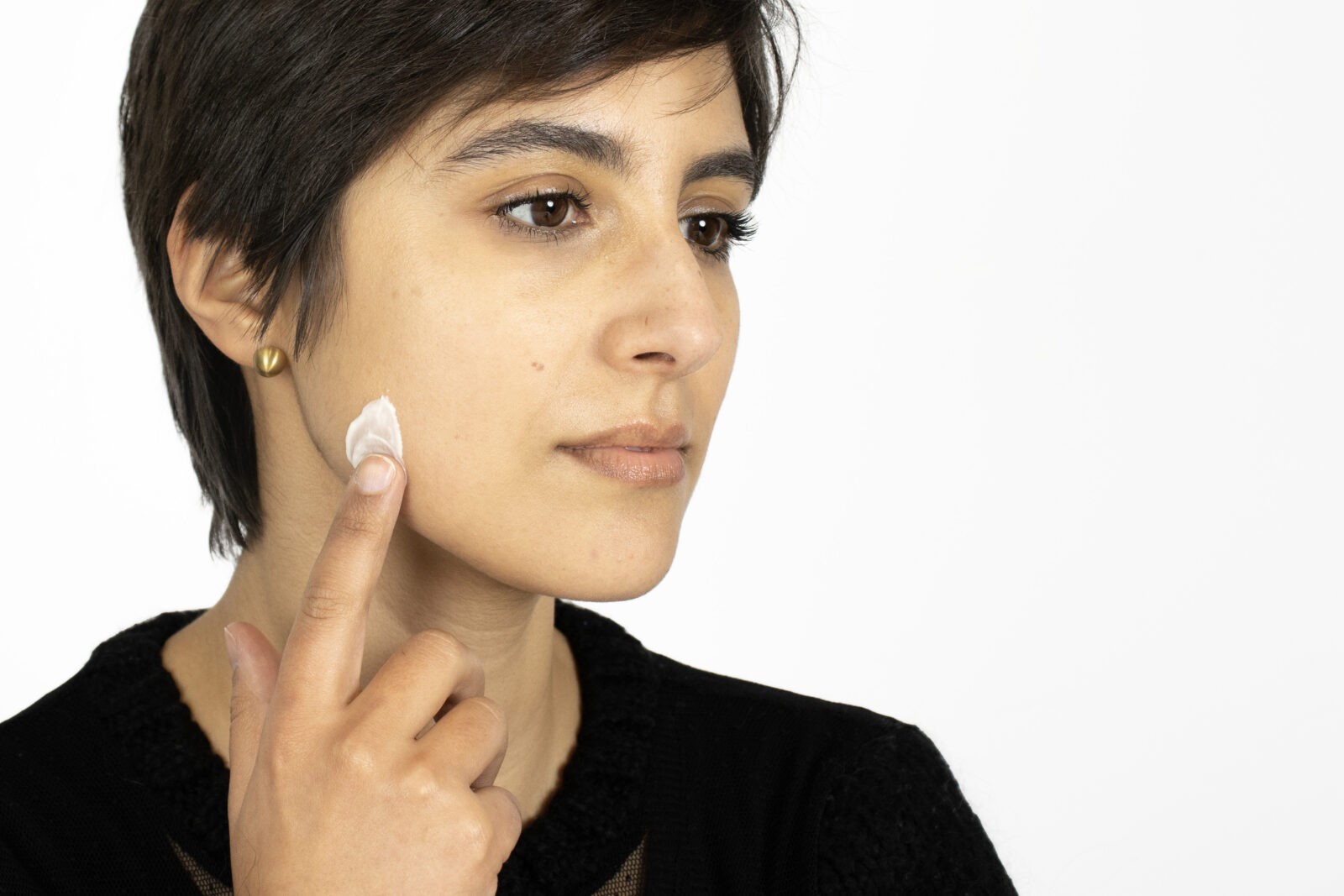
Whether you’re an avid user of skincare products or a minimalist that goes only for the basics, from time to time you’ll end up incorporating new products into your routine. And, better than anyone, we understand the unparalleled excitement of trying new skincare! It may seem overzealous at first, but the truth is that patch test skincare is the best way to avoid unnecessary adverse reactions on the skin. We’re going to tell you exactly what it is to patch test, and make a case on why you should do it!
What is a patch test?
A skincare patch test is a simple process where you try a new product in a small area of your skin before going full-on and applying it on the entire face. The principle is simple: if you test in a small patch of skin, you’re testing if the product is compatible with you. If things go wrong—as in your skin developing a rash or an allergy of some sort—it’s much easier to manage if it happens in a small area of skin.
Why you should be doing a skincare patch test
Having an adverse reaction on a small patch of the skin can be annoying (maybe even… irritating?🤭), but worse than that is having an adverse reaction on the entire face and neck. When introducing a new member to your skincare team without patch testing first, we’re taking that risk! Even though we understand how exciting it can be to have a new skincare buddy, it doesn’t make up for the risk of allergic or adverse reactions. We think that this makes for a great reason for always patch-testing your skincare!
Another good reason is that you’ll never have to go through the drama of not knowing what’s annoying your skin. If you don’t patch test before welcoming the new product on your routine, you’re starting its use combined and layered with other products, which may “hide” or “delay” for a short time its incompatibility with your skin. This story wraps up with you being confused about what is causing irritation on your skin! Without patch testing every skincare product beforehand, you’ll have an insoluble mystery in your hands when an adverse reaction comes.
You’re not convinced yet? If you find that it’s ok for you to take that risk, then listen to our final plea. Even if you skip patch testing as a rule, we advise that you consider doing it at least when using actives with a stronger potential of irritating the skin, like retinol, vitamin C or AHA.
How to patch test skincare
This is how you should patch test skincare:
- To begin with, choose a small area of the skin to test. If you’re testing for a face product, it’s important to patch test on the face. Choose an area that you can see easily to identify any potential irritation as soon as it shows (this seems obvious, but you may feel tempted to test too near to the ear and too low on the chin that you end up having trouble looking at it easily on the mirror);
- After choosing the “where”, it’s time to clean it! Use that everyday cleanser that you know works well with your skin;
- The third step is going in with your new product. Apply a generous amount, and allow it to seat on the skin without applying any other products over it. You should observe how the skin behaves for the next 24 to 48 hours, or as long as the brand suggests.
As you can see, it’s easy enough to do the patch test on your own. While observing the skin, signs like red and angry rashes, dry, itchy and flaky skin, itching or discomfort are the red flags that indicate that you should rinse off the product and call it a day. We’ll let you know what to do if things go wrong!
What to do if you get a reaction from a new skincare product?
If you experience unusual redness, rashes, itching or discomfort, you know that the product doesn’t agree with your skin. The moment you identify that something is wrong, you should rinse off the product and observe how you feel and how the skin behaves. If the adverse reaction is mild and your skin looks like it can cope, then allow it to recover—it should look and feel good soon enough. On the other hand, if you observe that the redness is spreading beyond the area of the test, or if you keep feeling itching long after rinsing it off, it may be worth getting professional help from a healthcare practitioner. If this is the case, let’s be grateful that we’ve gone for a patch test!
If you’re experiencing a mild reaction yet you’d like to apply something soothing, you may like to go for a repairing cream such as Avène Cicalfate+ Repairing Protective Cream or La Roche-Posay Cicaplast Gel B5. It may not be absolutely necessary, but your skin should appreciate the help!
Needless to say that if this happens, you should discontinue the use of the product immediately. Our suggestion is to pass it on to someone whose skin agrees better with it!
If you have sensitive skin that is always ready to get angry at skincare products, then you should like to know about our recommendations on products to repair the skin barrier.
Professional Makeup Artist & Beauty Writer


